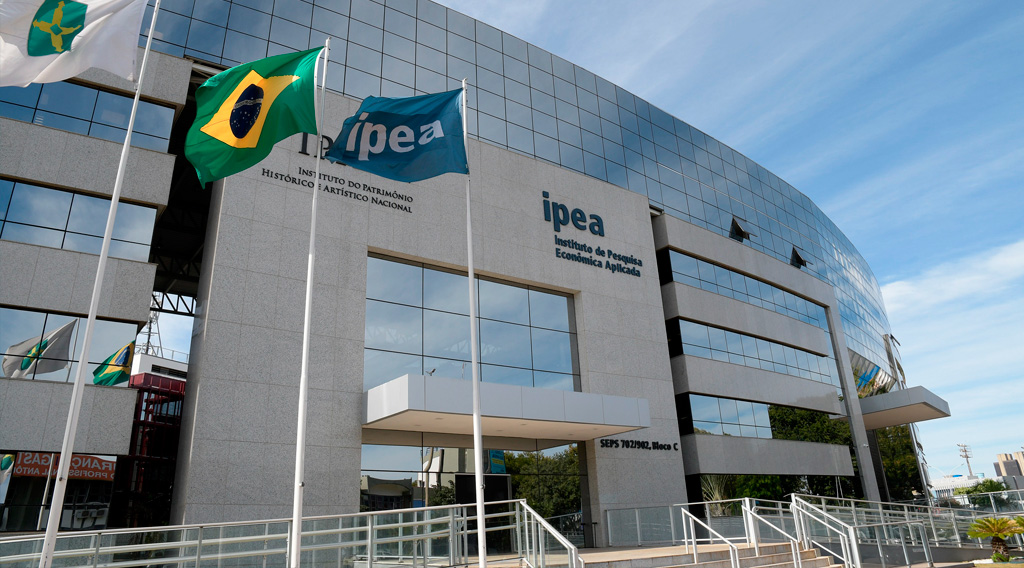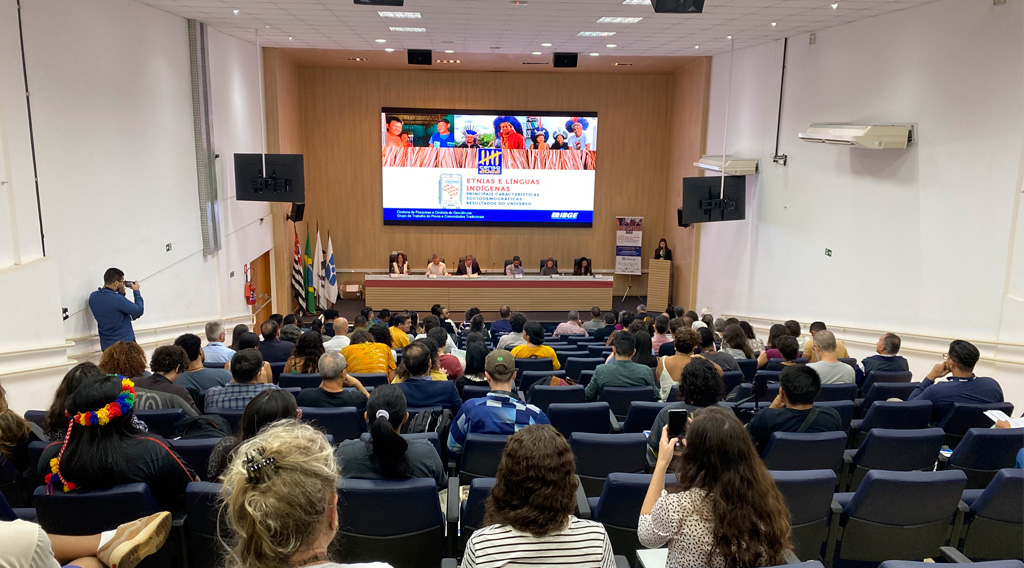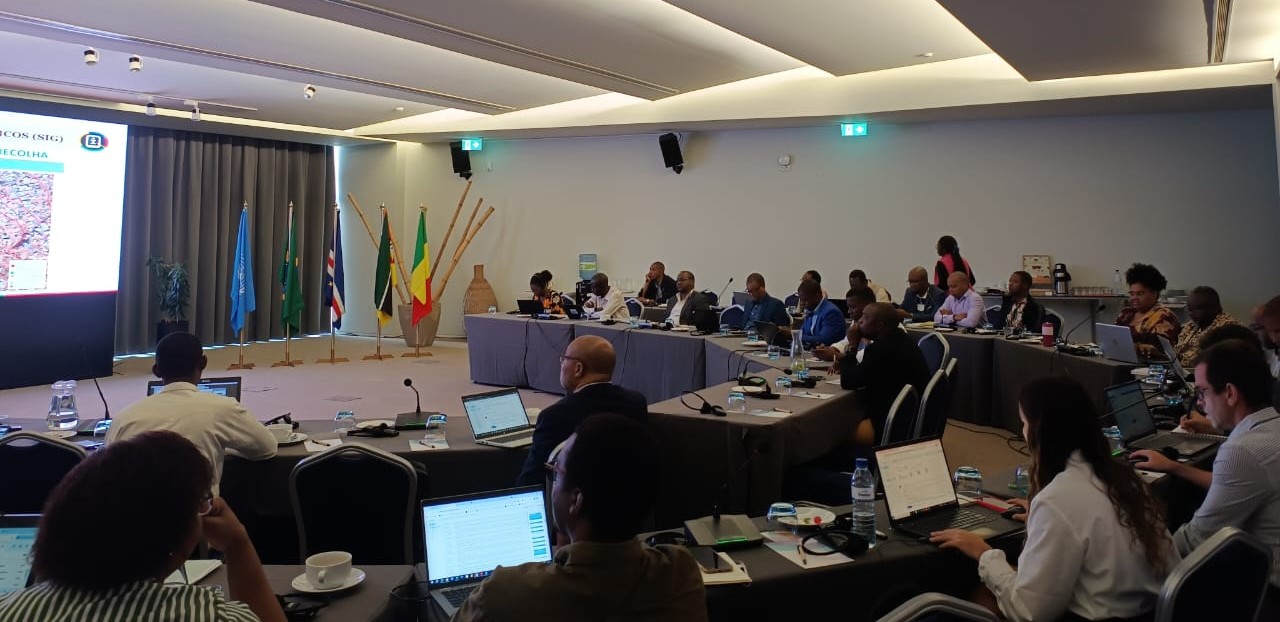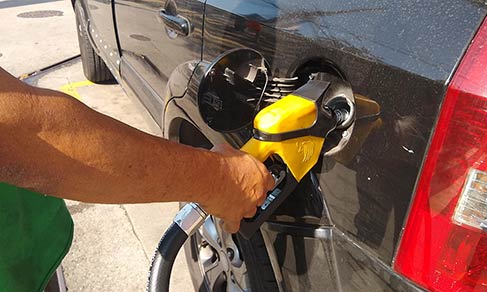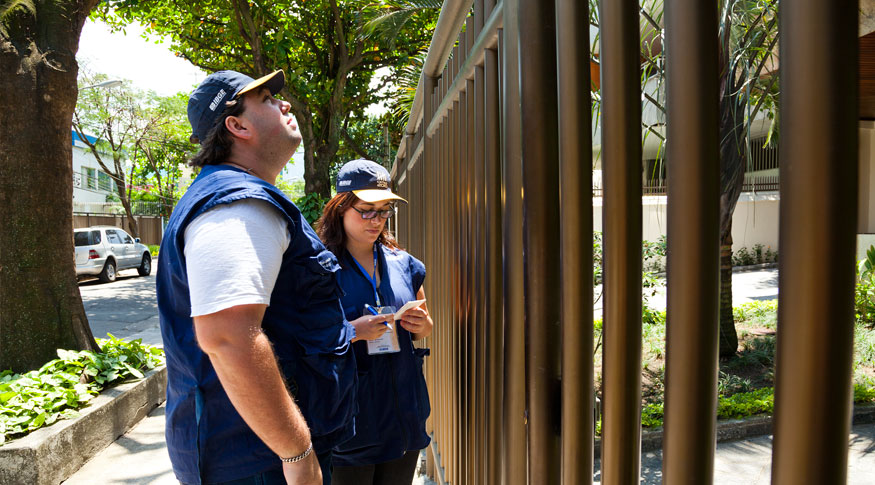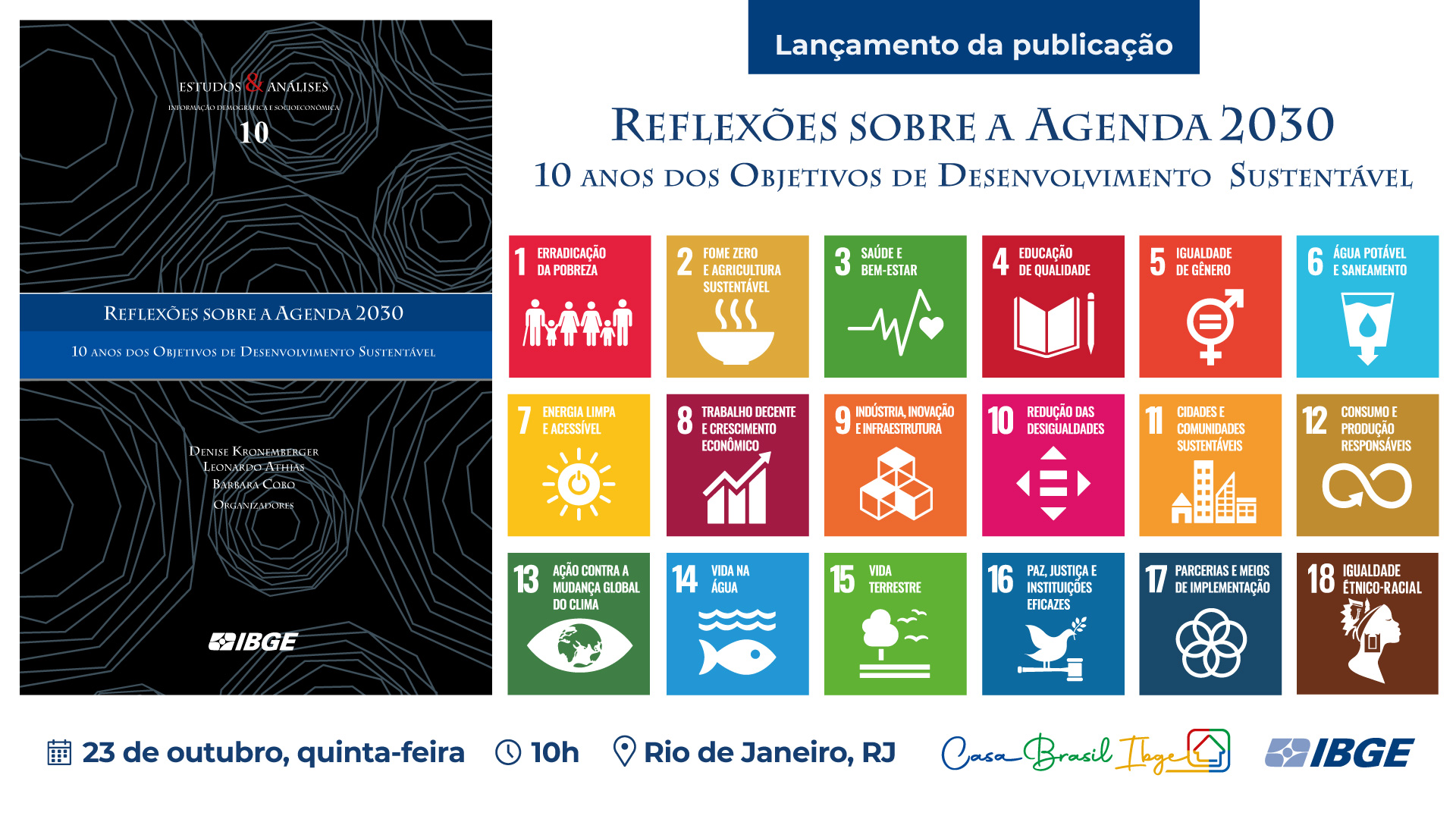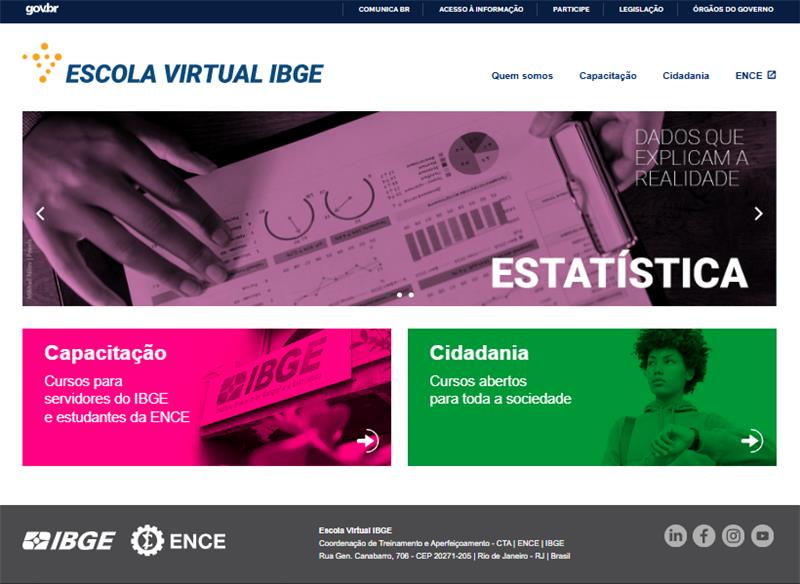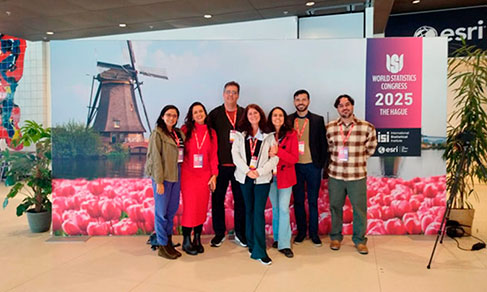IPCA
Inflation rises 0.73% in December, closes 2021 with rise of 10.06%
January 11, 2022 09h00 AM | Last Updated: January 11, 2022 01h20 PM
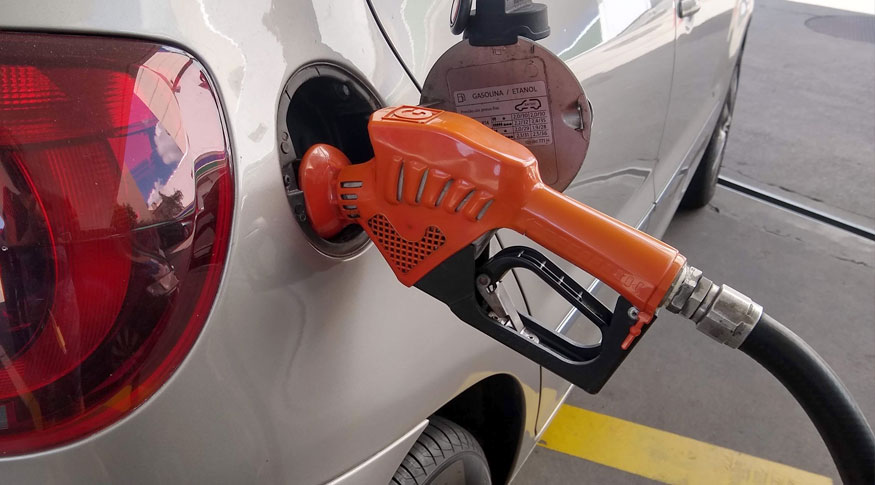
Having risen 0.73% in December, inflation closed the year of 2021 with an increase of 10.06%. This is the highest cumulative rate in the year since 2015, when it registered 10.67%, and exceeded the target of 3.75% established by the National Monetary Council for 2021, whose ceiling was 5.25%. The data are from the Extended National Consumer Price Index (IPCA), released today (11) by the IBGE.
The result of 2021 was mainly influenced by the group of Transportation, which recorded the highest change (21.03%) and the biggest impact (4.19 p.p.) on the cumulative index in the year. It was followed by Housing (13.05%), which contributed with 2.05 p.p., and Food and beverages (7.94%), with an impact of 1.68 p.p. Altogether, the three groups accounted for nearly 79% of the IPCA in 2021.
“The group of Transportation was mainly affected by fuels,” explains Pedro Kislanov, manager of the IPCA. “The continuous adjustments in the gas stations led gasoline to rise 47.49% in 2021. On the other hand, ethanol rose 62.23% and it was also influenced by the production of sugar,” complements him.
The price of new (16.16%) and used cars (15.05%) were other highlights in Transportation. “That increase is explained by the breakdown in the production chain of the automotive sector. The global demand resumed, which was not followed by supply, causing, for example, delays in the delivery of parts and, sometimes, of the cars themselves,” contextualizes Kislanov.
In the group of Housing, the major contribution (0.98 p.p.) came from electricity (21.21%). “Besides the tariff adjustments along the year, the tariff flags continuously increased, culminating in the creation of a new tariff flag of Water Scarcity. That impacted a lot in the result of electricity, which has a lot of weight in the index,” explains Kislanov. He also highlights that, in the group of Housing, the item bottled gas (36.99%), which rose in all the months of 2021, exerted the second biggest impact on the group (0.41 p.p.).
In the group of Food and beverages, the change of 7.94% was lower than in the previous year (14.09%), when it contributed with the biggest impact among the groups surveyed. Even so, Kislanov highlights some items, like ground coffee, which rose 50.24%, and refined sugar, which rose 47.87%. “The rise in coffee mainly occurred in the second semester, since the production was jeopardized by winter frosts. The price of sugar was influenced by a lower supply, as well as by the competition for that raw material to produce ethanol.”
In addition, the group of wearing apparel (10.31%) closed 2021 with the fourth highest change among the groups. “It was the only group that dropped in 2020. In 2021, it recovered its prices as people resumed circulation, but it also did due to the increase in the production costs, as a result of the rise in the prices of cotton and leather. In addition, it suffered the seasonal behavior by the end of the year,” highlights Kislanov.
IPCA stays at 0.73% in December
Inflation was 0.73% in December 2021, 0.22 percentage points (p.p.) below the rate of 0.95% registered in November. All the groups of products and services surveyed rose and the highest change came from Wearing apparel (2.06%), which accelerated in relation to November (0.95%).
However, the biggest impact (0.17 p.p.) came from Food and beverages, which rose 0.84% in the month. Kislanov highlights the rise in the prices of ground coffee (8.24%), fruits (8.60%) and meat, which increased 1.38% in December after dropping 1.38% in November. “Besides the increase in the demand in the end of the year in the case of meat, it also suffered the Chinese embargo, imposed in September and suspended in mid-December. It could have also affected the prices,” highlights him.
Kislanov also highlights the deceleration in the group of Transportation (from 3.35% to 0.58%), mainly due to the drop in the price of fuels (-0.94%), after seven months of rises in a row. “Even so, transportation rose,” notes him.
INPC rises 0.73% in December and closes the year at 10.16%
The National Consumer Price Index (INPC) rose 0.73% in December, the same as the IPCA. The result stood 0.11 p.p. below that registered in the previous month (0.84%). In 2021, the INPC closed the year with a rise of 10.16%, above the rate of 5.45% recorded in 2020.
After the negative change registered in November (-0.03%), food products rose 0.76% in December. In contrast, non-food products recorded a lower change than in the previous month, changing from 1.11% in November to 0.72% in December.
More about the surveys
The IPCA encompasses households with earnings between 1 and 40 minimum wages, whereas the INPC, households with earnings between 1 and 5 minimum wages, living in the metropolitan areas of Belém, Fortaleza, Recife, Salvador, Belo Horizonte, Vitória, Rio de Janeiro, São Paulo, Curitiba, Porto Alegre, as well as in the Federal District and in the municipalities of Goiânia, Campo Grande, Rio Branco, São Luís and Aracaju. Please access the data on Sidra.



